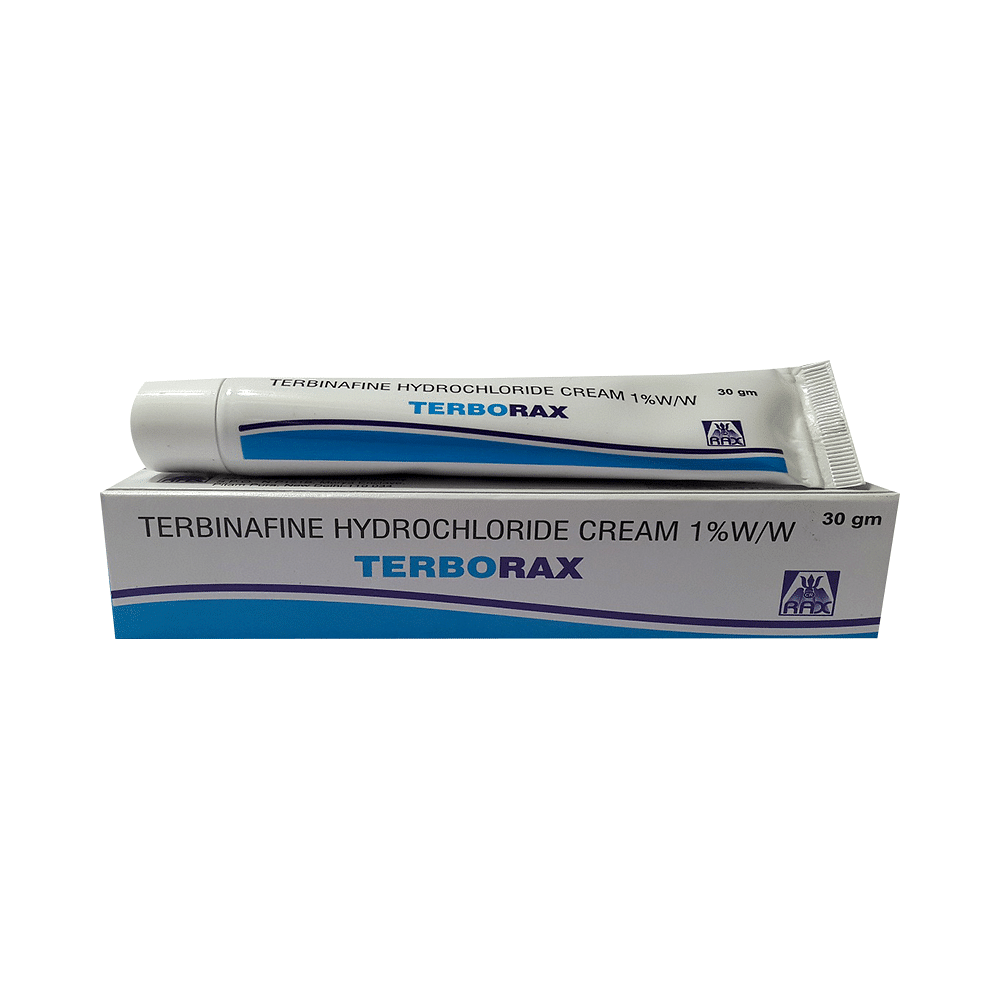
Terborax 1% Cream
Manufacturer
Rax Health Care Pvt Ltd
Salt Composition
Terbinafine (1% w/w)
Key Information
Short Description
Terborax 1% Cream is used to treat a wide range of fungal infections of the skin and nails, including ringworm.
Dosage Form
Cream
Introduction
Terborax 1% Cream is an antifungal medication that treats skin infections. It works by killing the fungi on the skin by destroying their cell membrane. It is used to treat a wide range of fungal infections of the skin and nails, including ringworm.
Directions for Use
This medicine is for external use only. Use it in the dose and duration as advised by your doctor. Check the label for directions before use. Clean and dry the affected area and apply the cream. Wash your hands after applying unless hands are the affected area.
Safety Information
Side Effects
No common side effects listed.
Alcohol Warning
No interaction found/established
Breastfeeding Warning
Terborax 1% Cream is probably unsafe to use during breastfeeding. Limited human data suggests that the drug may pass into the breastmilk and harm the baby.
Pregnancy Warning
Terborax 1% Cream may be unsafe to use during pregnancy. Although there are limited studies in humans, animal studies have shown harmful effects on the developing baby. Your doctor will weigh the benefits and any potential risks before prescribing it to you. Please consult your doctor.
Interacting Medicines
Amisulpride Aripiprazole Chlorpromazine Cilostazol
How it works
Terborax 1% Cream is an antifungal medication that treats skin infections. It works by killing the fungi on the skin by destroying their cell membrane.
Quick Tips
Finish the full course of treatment even if you feel better. It can take a few weeks for the infection to clear and a few months before the skin returns to its normal color. Apply an amount sufficient to cover the affected area and 1 inch of the immediate surrounding skin. It can make your skin more sensitive to sun. Use broad-spectrum sunscreen and protective clothing when outdoors. Avoid getting in the eyes, nose, or mouth. If accidental exposure occurs, rinse immediately with plenty of water.
Related Medicines
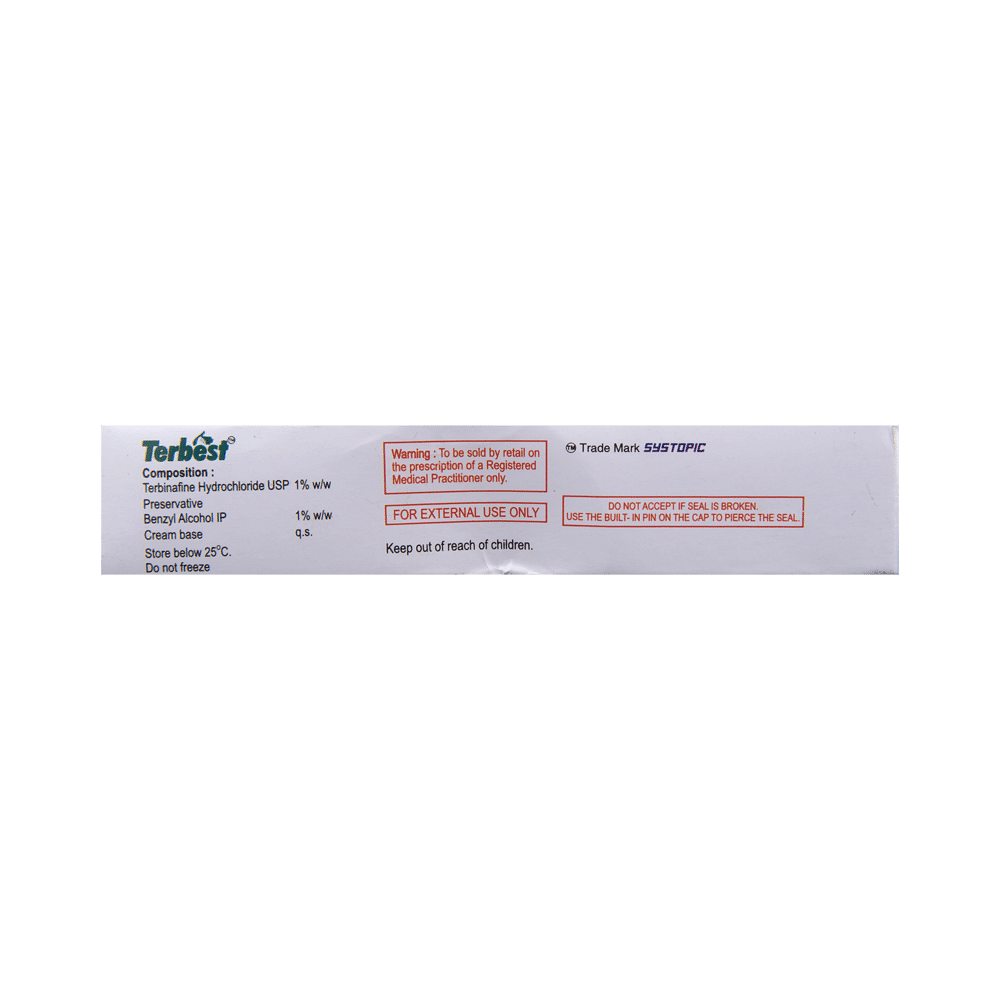
Terbest Cream
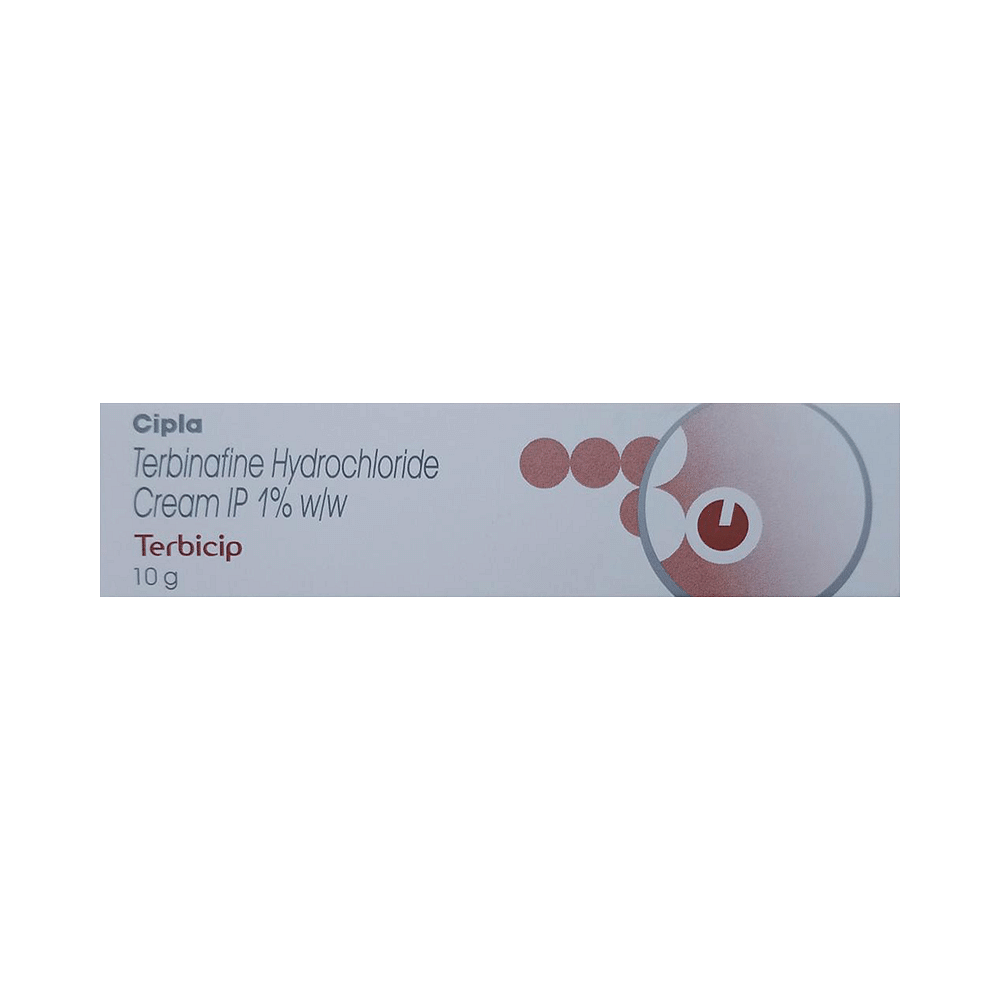
Terbicip Cream
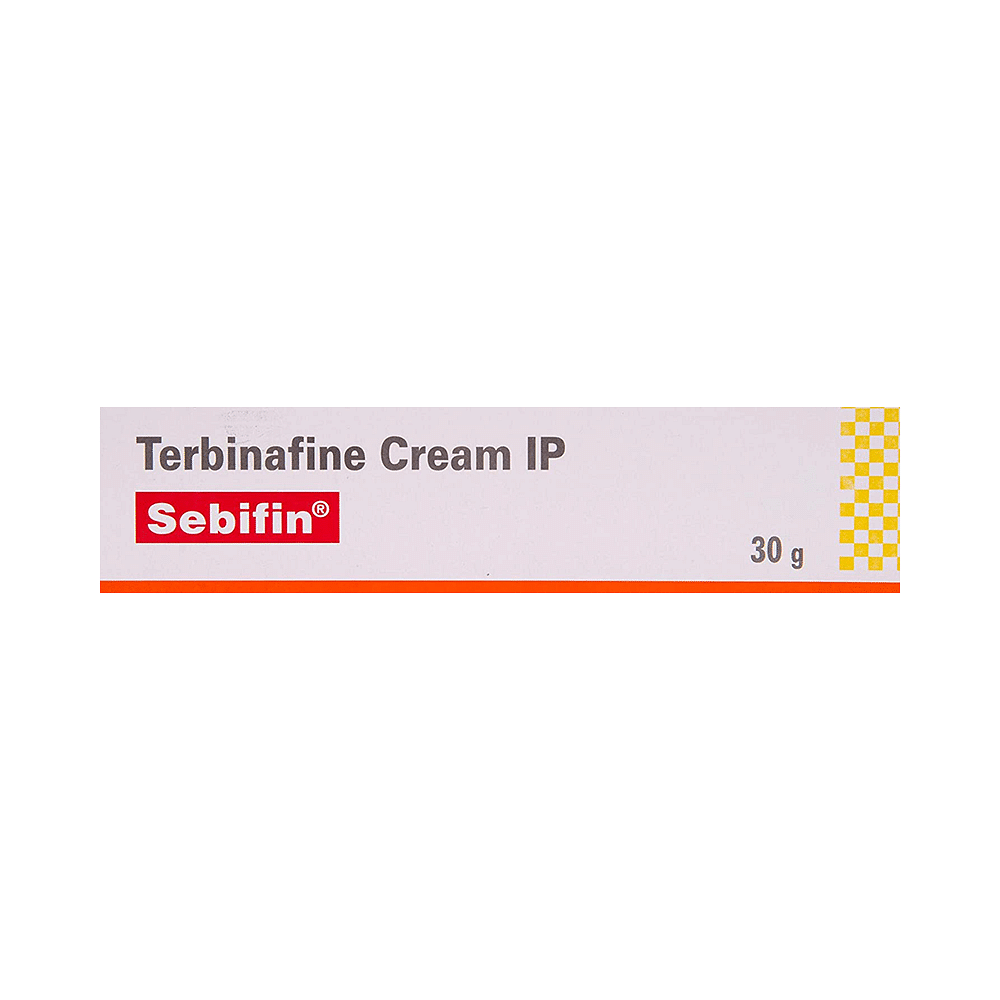
Sebifin Cream
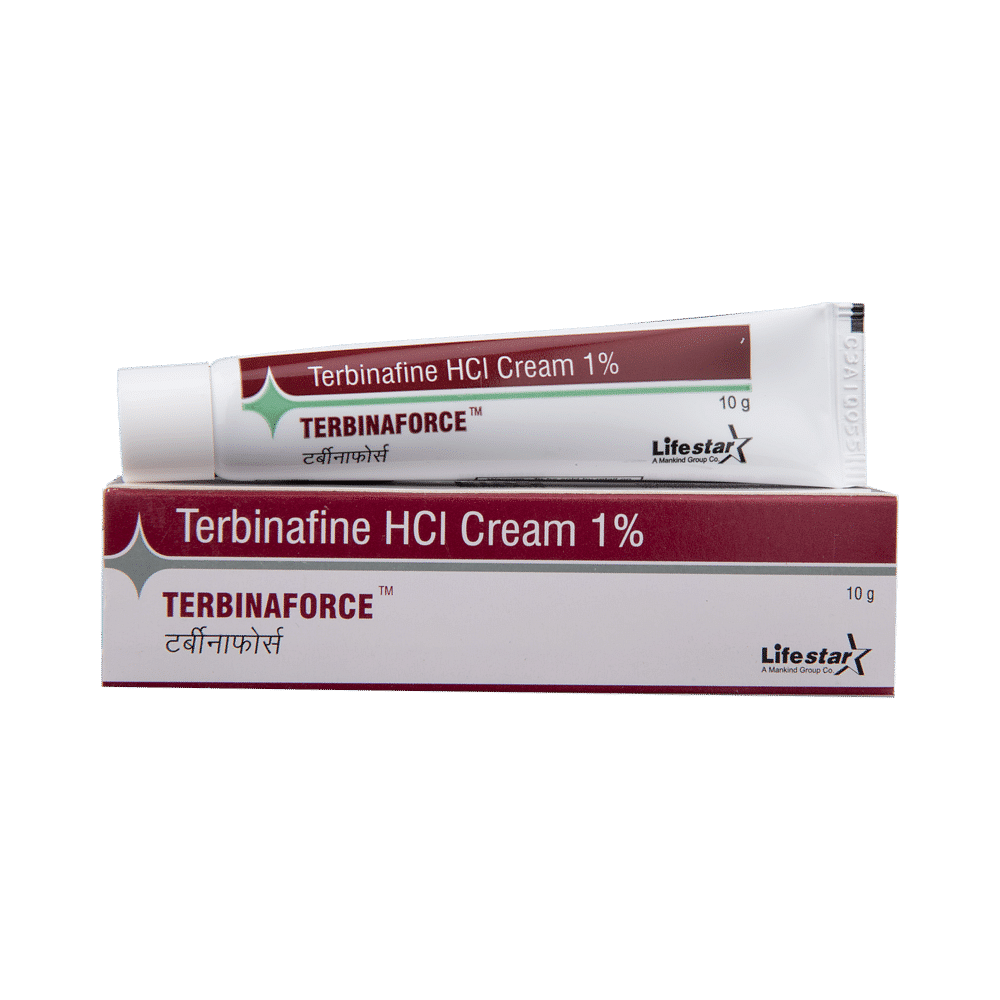
Terbinaforce Cream
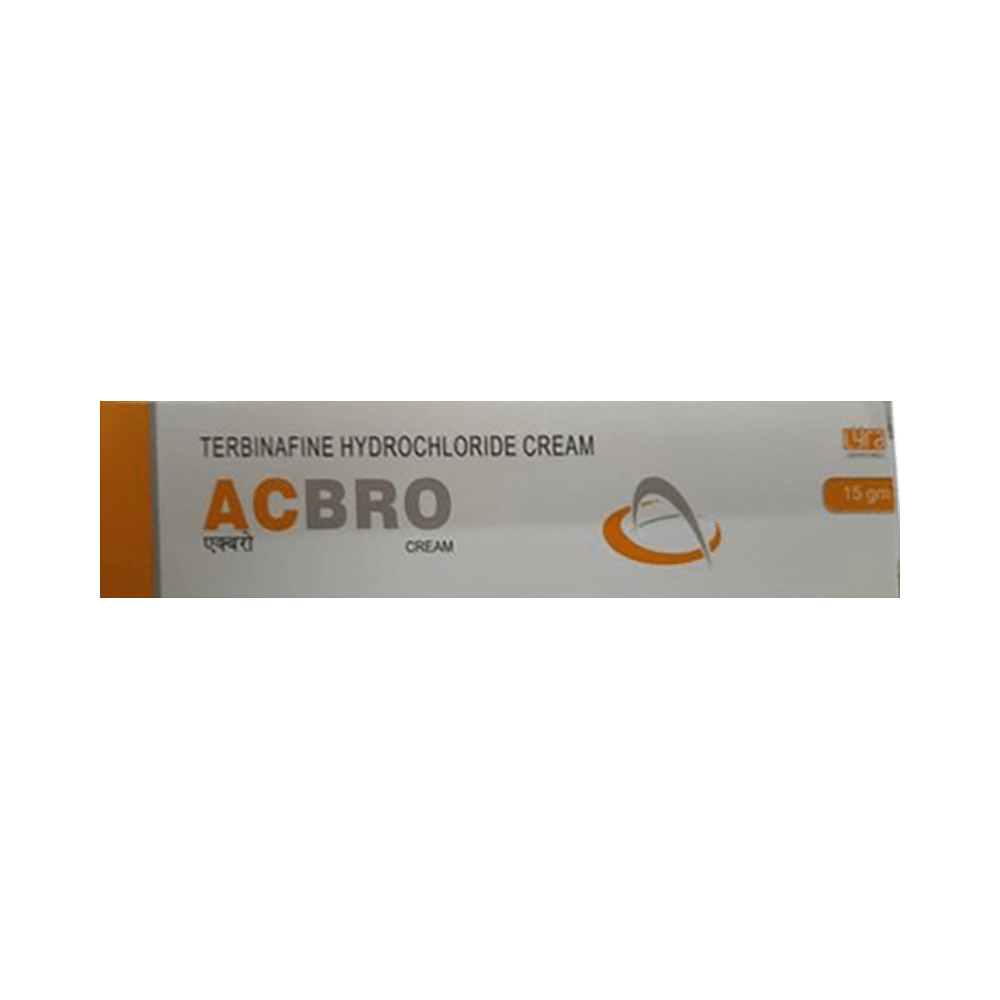
Acbro 1% Cream
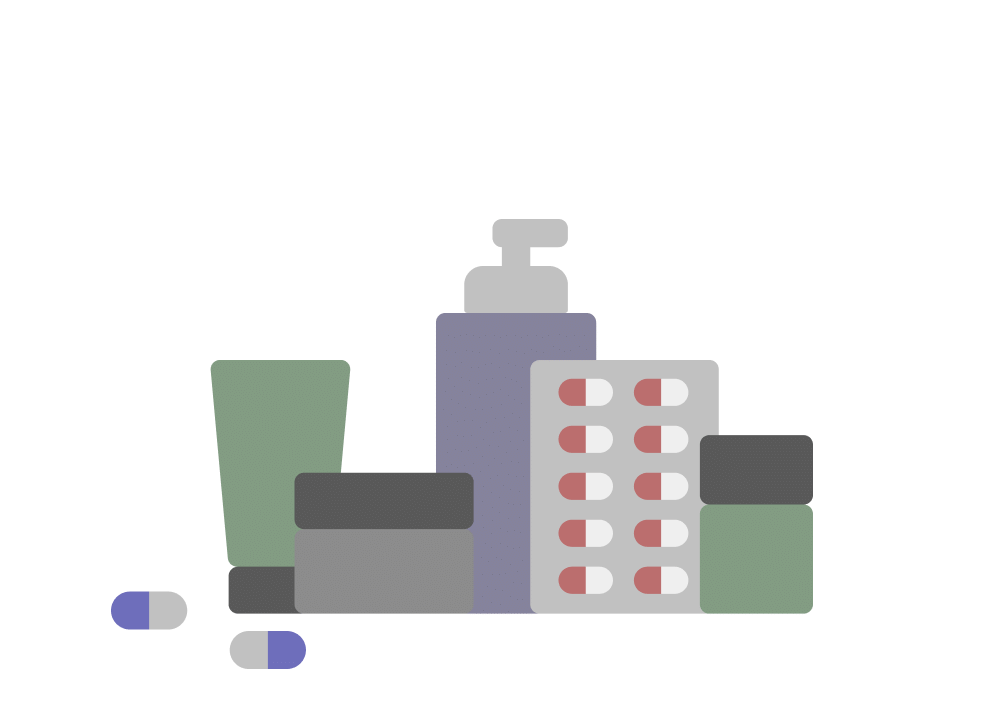
Terbitouch 1% Cream

Terzit 1% Cream

Terbiark 1% Cream

Terbiwell 1% Cream

Terbinil Cream
Frequently asked questions
What is Terborax 1% Cream?
Terborax 1% Cream is a topical antifungal medication used to treat superficial fungal infections such as athlete's foot, ringworm, jock itch, and pityriasis (tinea versicolor), which causes white or dark pigmentation on the face, neck, chest, arms, or legs.
How long does it take for Terborax 1% Cream to work on the skin?
The duration of treatment with Terborax 1% Cream varies from 1 to 2 weeks depending on the type of fungal infection. You may see noticeable results within a few days, but it's essential to complete the prescribed course to cure the infection completely.
How do we apply Terborax 1% Cream on the skin?
To use Terborax 1% Cream, clean and dry the affected skin properly. Apply a thin layer of the cream on and around the affected area, but avoid covering it unless specified by your doctor. Be careful not to get the medicine into your eyes, nose, or mouth.
How long can I use Terborax 1% Cream?
The duration of treatment with Terborax 1% Cream typically ranges from 1 to 4 weeks, depending on the severity and type of fungal infection. It's crucial to complete the prescribed course to avoid relapse or reinfection.
Is Terborax 1% Cream safe in children?
Terborax 1% Cream has been approved for use only in people above 12 years of age. The safety and efficacy of this medication have not been established in children less than 12 years old, so it's essential to consult a doctor before using it in children.
I feel better now. Can I stop using Terborax 1% Cream?
No, do not stop taking Terborax 1% Cream without consulting your doctor even if you are feeling better. Your symptoms may improve before the infection is completely cured, and stopping treatment too soon can lead to reinfection.


